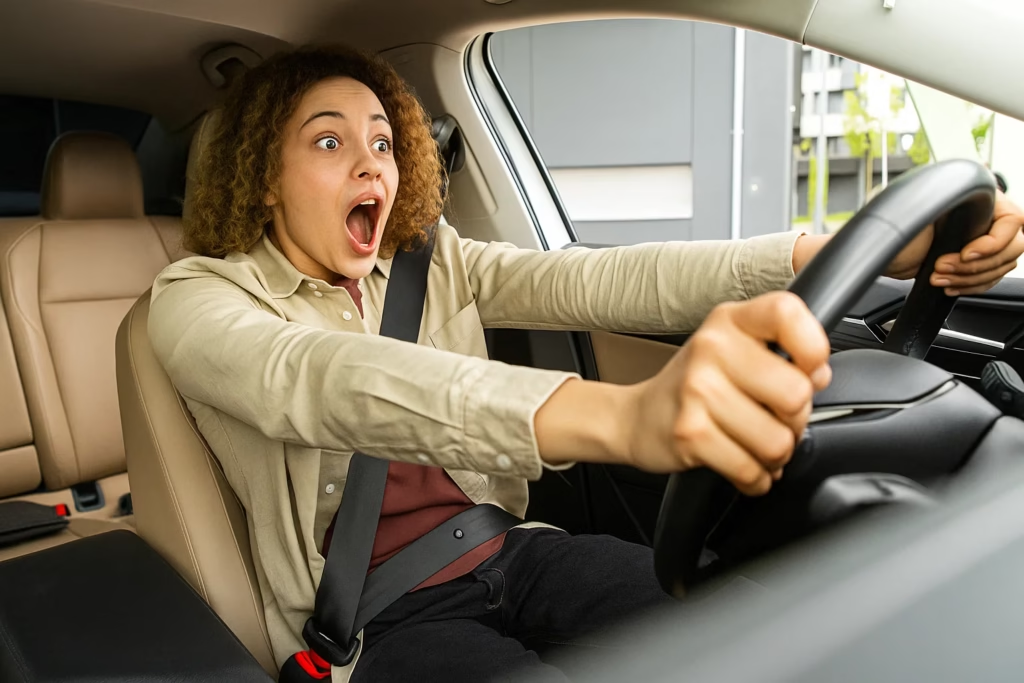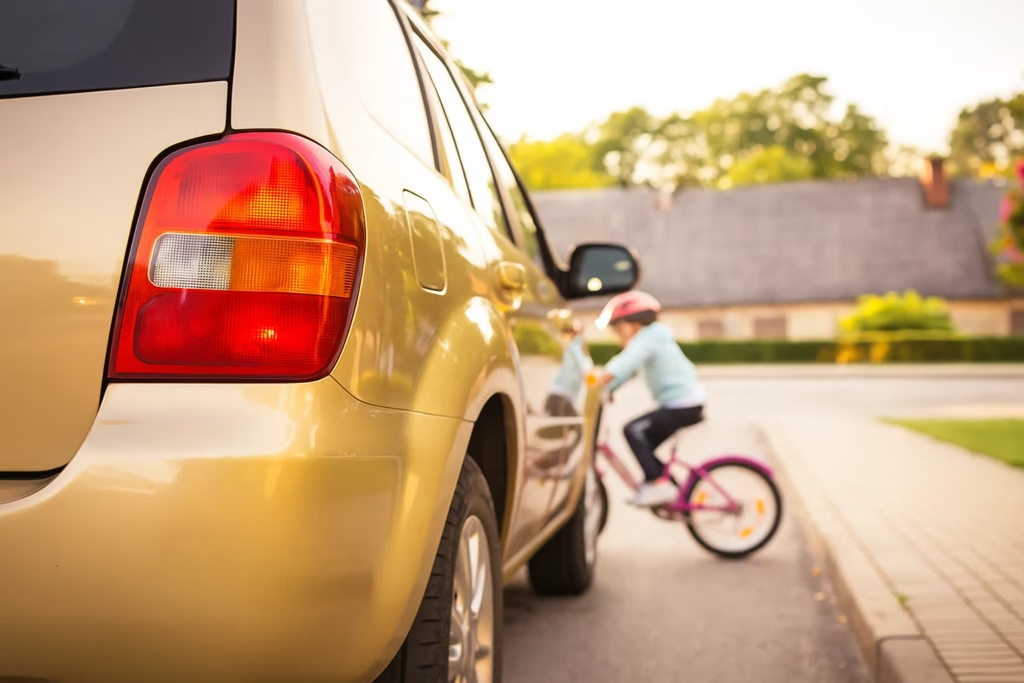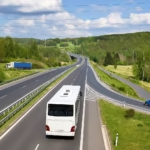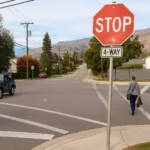If you’re a learner driver or even someone who has been driving for years, it’s important to understand what an emergency stop is, when to use it, and how to do it safely. This guide will walk you through everything in simple, so you’ll feel more confident if the moment ever comes.
What Is an Emergency Stop?
An emergency stop is a quick and controlled braking maneuver used to bring your car to a stop as safely as possible when danger appears unexpectedly. Unlike normal braking, where you gradually press the brake pedal, an emergency stop involves pressing the brake firmly and quickly.
In short: it’s a way to stop your car immediately to avoid an accident.
How to Do an Emergency Stop
In a car with ABS (Anti-lock Braking System):
Press the brake and clutch pedals at the same time.
The ABS will stop your wheels from locking up, so you’re less likely to skid.
You might feel a vibration or hear a pulsing noise under your foot — that’s normal. Keep pressing firmly until you stop.
In a car without ABS:
Press the brake firmly first, then press the clutch just before the car stops.
If you press the clutch too early, the car may “coast” (roll without engine control), which reduces stability and increases stopping distance.
If the wheels lock and you start skidding, ease off the brake slightly, then press again — this is called cadence braking.
After the Emergency Stop
Once you’ve stopped, you may need to move off safely again if the road is clear.
Steps to restart:
Check around you — mirrors and blind spots.
Signal if needed.
Put the car into the correct gear (first for manual, Drive for automatic).
Release the handbrake and move off smoothly.

Common Mistakes During an Emergency Stop
Many learners (and even experienced drivers) make errors when performing emergency stops. Here are some to watch out for:
Hesitating: Delaying even for a second can mean the difference between a near-miss and an accident.
Pressing the clutch too early: In manuals, press the clutch only when you start braking hard. Doing it too early may reduce control.
Only braking gently: You need firm pressure, not soft braking.
Taking hands off the wheel: Always keep both hands on the wheel to stay in control.
Looking in the mirror first: In emergencies, stopping is more important than checking traffic behind.
Practicing an Emergency Stop
The good news is you don’t have to wait for a real-life emergency to learn this skill. You can practice in a safe, controlled environment.
Tips for practicing:
Find a quiet, empty car park or private road.
Have an instructor or experienced driver with you if you’re a learner.
Practice braking firmly from about 20–30 mph to start.
Repeat until you feel confident without overthinking.
Safety Tips to Reduce the Need for Emergency Stops
While knowing how to stop quickly is vital, the best way to stay safe is to reduce situations where you’d even need to. Here’s how:
Keep a safe following distance (the two-second rule in dry weather, four seconds in wet conditions).
Stay focused — no texting or fiddling with your phone.
Drive at an appropriate speed for the road and conditions.
Anticipate hazards — if you see a ball rolling across the street, expect a child to follow.
Slow down in poor weather — stopping distances are much longer in rain, ice, or snow.
An emergency stop might sound scary, but it’s simply a skill — and like any skill, it gets easier with practice. The key is to brake firmly, clutch in (manual cars), keep control of the steering, and focus on stopping safely.
Discover more from SMOOTHSTEERING
Subscribe to get the latest posts sent to your email.



